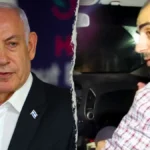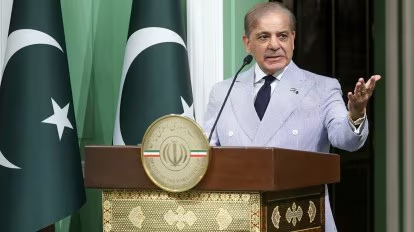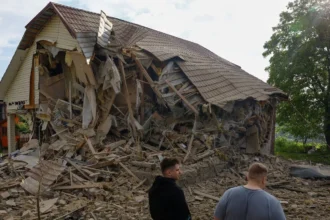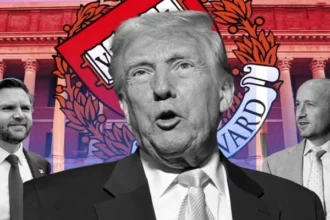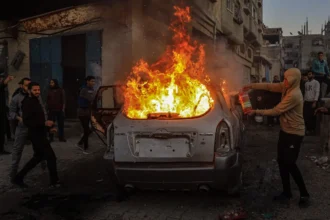Shehbaz Sharif India Pakistan talks: In the noisy halls of geopolitics, where words often thunder louder than intentions, a surprisingly measured voice has emerged from across the border. Pakistani Prime Minister Shehbaz Sharif — amid simmering tensions, diplomatic isolation, and economic despair — is once again reaching for a diplomatic olive branch. His message? “Let’s talk.”
But this time, the plea sounds different. Not out of strength. Not from a pedestal. But from the depths of a nation grappling with its own demons — terror, inflation, and global mistrust.
❝We’re Ready for Peace — and for Countering Terrorism❞
Those were the prime minister’s words, echoed from a podium during his regional outreach visits. They came not wrapped in bravado or veiled threats, but rather in pragmatic urgency. “We cannot progress while locked in hostility,” he seemed to suggest. “Let’s put the ghosts on the table — Kashmir, terrorism, trade, water — and deal with them like statesmen.”
This isn’t the first time Pakistan’s leadership has flirted with the idea of dialogue. But in 2025, the context is far more fragile than it’s been in years. The world is watching. And this time, the stakes are personal.
🔥 From Crossfire to Conversation?
Just months ago, India launched Operation Sindoor, a powerful counter-terror operation responding to targeted threats emanating from across the Line of Control. The global narrative tilted firmly in India’s favor. Pakistan, once adept at commanding sympathy on the Kashmir front, found itself scrambling for diplomatic cover.
Enter Sharif.
In a striking move, he began reaching out to key allies — Iran, Turkey, Saudi Arabia — hoping to paint Pakistan not as a problem child, but a responsible regional player ready to “counter terrorism in all forms.” It’s a message that resonates in a region battered by extremism and suspicion.
“The soil of Pakistan will not be allowed to harbor terrorism,” Sharif declared in Tehran. “We seek economic stability and regional peace — for our people and future generations.”
💭 Why Now?
To decode Sharif’s timing, you must look inward — into Pakistan’s crumbling economy and its bruised reputation.
- The IMF deal hangs by a thread.
- Foreign reserves are dangerously low.
- Terror outfits once nurtured for strategic depth now threaten domestic peace.
- Baloch unrest is no longer a whisper.
- And the Taliban’s resurgence in neighboring Afghanistan has shifted the regional power balance.
Caught in this internal storm, Sharif seems to be betting on a diplomacy-first approach as the lifeboat that might salvage his political legacy.
“We cannot afford to be a pariah state anymore,” remarked a former Pakistani diplomat on Geo News. “Even our allies want us to clean up our backyard. India is no longer the only concern.”
🇮🇳 India’s Cautious Silence
From New Delhi, there has been no official response to Sharif’s call. But India’s stance remains consistent: “Talks and terror cannot go hand in hand.”
After the 2019 Pulwama attack and India’s subsequent Balakot airstrikes, bilateral ties plummeted to historic lows. The abrogation of Article 370 only deepened the diplomatic freeze.
Even cricket — the unofficial icebreaker — has been caught in the frost.
Still, some voices within India’s strategic circles see a faint opportunity.
“If Pakistan is truly willing to dismantle terror infrastructure, India should consider calibrated engagement — perhaps through backchannels first,” said security analyst Nitin Gokhale in a recent panel.
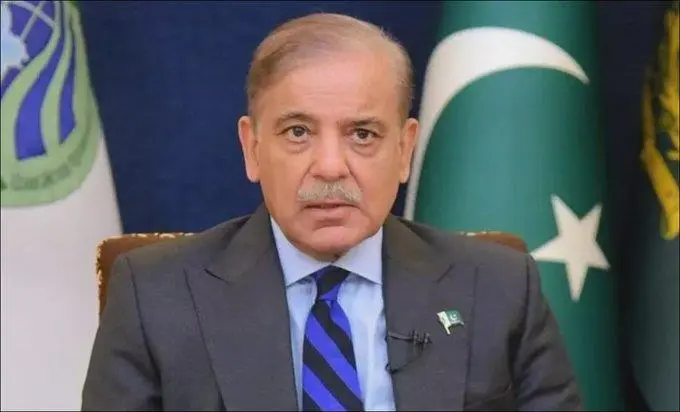
✍🏽 Realpolitik or Redemption?
The world of diplomacy is never black and white. For Pakistan, engaging India isn’t just about Kashmir or water treaties — it’s about survival.
India, on the other hand, remains the region’s economic juggernaut, inching closer to superpower status. For New Delhi, engaging Islamabad may not be a necessity anymore — but it could be a strategic advantage in an increasingly China-dominated neighborhood.
And let’s not forget: peace sells — not just to voters, but to investors, media, and history.
🧩 Backchannels Already Buzzing?
There are whispers in Islamabad that intelligence agencies and diplomats have already restarted discreet talks — a move not unfamiliar in the South Asian playbook.
In 2021, a ceasefire agreement quietly restored calm along the LoC. Analysts now speculate that this “Sharif call” may be part of a larger thawing strategy, albeit slow and shrouded in plausible deniability.
“We don’t expect fireworks,” said a retired Indian Army official. “But even a steady drip of trust-building can prevent a flood of conflict.”
🤝 What’s at Stake?
Peace between India and Pakistan has always been a tantalizing dream — and an elusive one. But in 2025, the motivations are starkly real:
- For Pakistan: Economic revival, global credibility, and domestic peace.
- For India: A stable western border, diplomatic wins, and a stronger regional hold.
Both nations share culture, history, and heartbreak. They’ve danced this dance before — Lahore bus rides, Agra summits, and backchannel hugs. But each time, the music stopped with a bomb blast or bullet.
This time, the question is — can they rewrite the ending?
For more updates and other exciting news, visit our website now!
Join GetRapidnews Whatsapp Channel






